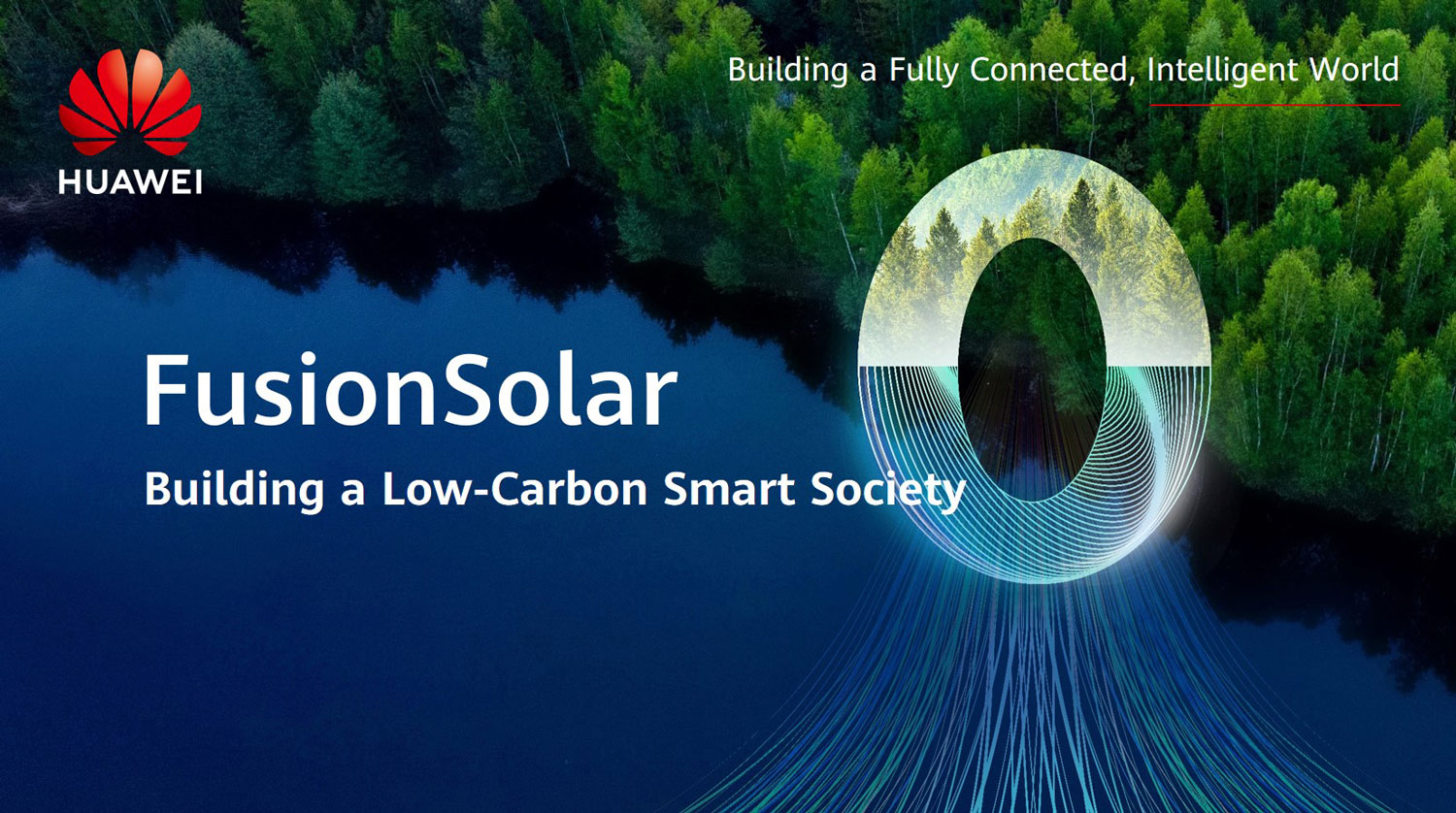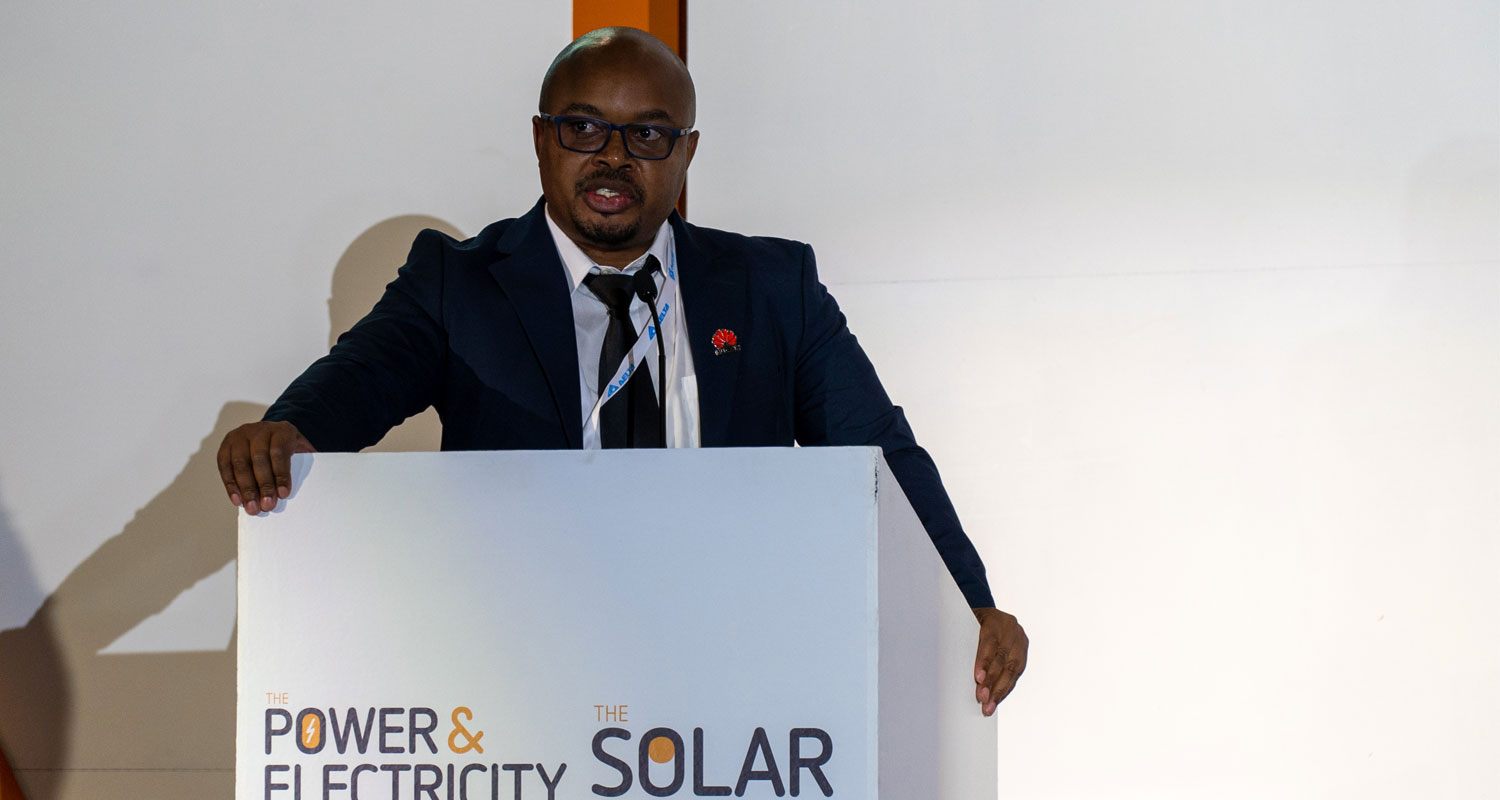 Huawei Digital Power this week launched its full range of FusionSolar Smart PV and Energy Storage System (ESS) solutions to the sub-Saharan African market at the Solar Show Africa 2022.
Huawei Digital Power this week launched its full range of FusionSolar Smart PV and Energy Storage System (ESS) solutions to the sub-Saharan African market at the Solar Show Africa 2022.
Renewables will be crucial if the region is to meet its development goals and ensure that all of its people have access to electricity. Africa has the biggest potential of solar energy around the world, with long-term output of 4.51kWh/kWp per day. However, at present, sub-Saharan Africa accounts for 77% of the global population without electricity access, and that proportion has increased since the start of the COVID-19 pandemic.
“We know that sub-Saharan Africa is ideally poised to take advantage of renewable energy and solar in particular,” says Victor Koyier, vice director of Huawei Smart PV sub-Saharan Africa. “But we also know that digital technologies are key to unlocking its potential. We believe that our full suite of Huawei FusionSolar Smart PV and ESS solutions will help stakeholders at the utility, C&I, and residential scenarios by ensuring that solar systems are more affordable, more effective, and easier to maintain.”
The solutions Huawei launched in Africa include FusionSolar Smart PV Solution 6.0+, which enables a PV system to be adapted to various grid scenarios, especially in a weak grid environment. Meanwhile, the Residential Smart PV Solution and Commercial & Industrial Smart PV Solution offers an all-around clean energy experience to homes and businesses respectively with optimised electricity costs, active safety, smart operation and maintenance (O&M) and intelligent assistance for an enhanced experience.
“These solutions are ideally poised to help advance the adoption of renewables at all scales across the region. Take the active safety feature, for example: the industry-leading AFCI technology enables precise fault detection and emergency disconnection, which drastically improves the system’s safety. We can also increase power generation by over 2% under the same conditions and increase installation volume by up to 30% while using the power optimisers in C&I and residential scenarios, which can be directly translated to further electricity cost reduction,” Koyier says.

“By bringing the knowledge that we’ve accumulated in the ICT space to the power sector, we can help make the supply and management of energy smart,” Koyier concludes.
About Huawei
Huawei is a leading global provider of ICT infrastructure and smart devices. With integrated solutions across four key domains – telecommunications networks, IT, smart devices and cloud services – we are committed to bringing digital to every person, home and organisation for a fully connected, intelligent world.
Huawei’s end-to-end portfolio of products, solutions and services are both competitive and secure. Through open collaboration with ecosystem partners, we create lasting value for our customers, working to empower people, enrich home life and inspire innovation in organisations of all shapes and sizes.
At Huawei, innovation focuses on customer needs. We invest heavily in basic research, concentrating on technological breakthroughs that drive the world forward. We have more than 180 000 employees, and we operate in more than 170 countries and regions. Founded in 1987, Huawei is a private company fully owned by its employees.
About Huawei Digital Power
Huawei Digital Power covers business domains: Smart PV, Data Centre Facility, Site Power Facility, DriveONE and Integrated Smart Energy. It operates 12 R&D centres in regions including China, Europe and Asia-Pacific, and possesses more than 1 600 patents. With about 6 000 employees, 60% of whom are focused on R&D, Huawei Digital Power serves one third of the world’s population across more than 170 countries and regions. By the end of June 2022, Huawei Digital Power has already helped customers generate 588.5 billion kilowatt-hours of green power, save 17 billion kWh of electricity, and reduce CO2 emissions by 290 million tons, which is equivalent to planting 390 million trees (estimated based on data published by the North Carolina State University website regarding the relationship between carbon emissions and tree quantities).
For more information, please visit Huawei online at www.huawei.com or follow us Twitter, Facebook, LinkedIn or YouTube.
- This promoted content was paid for by the party concerned




